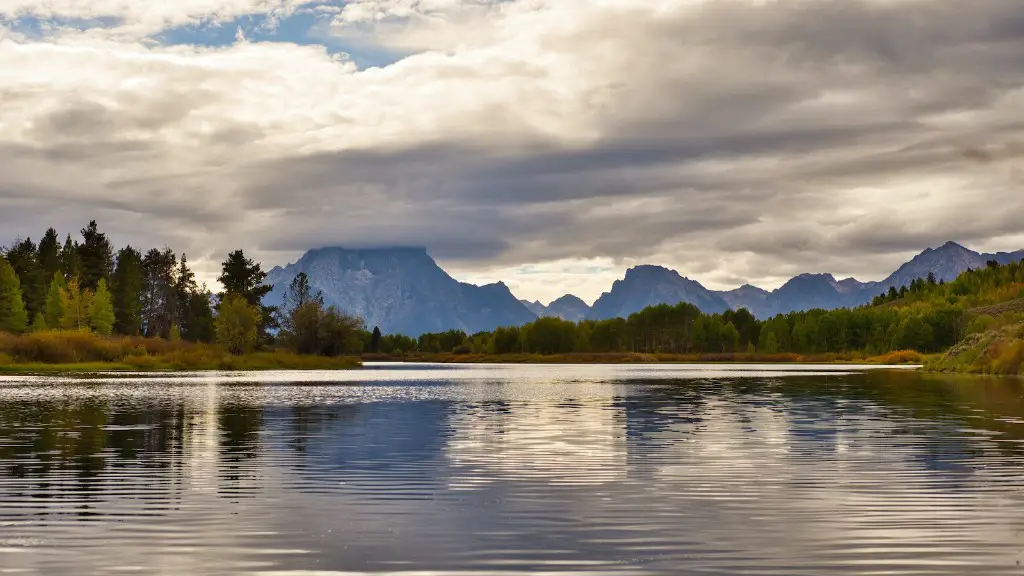Introduction
The Yangtze is the longest river in Asia, traversing over 6300 km (3915 miles) from its source in the Qinghai-Tibet Plateau in China to its mouth at the East China Sea. As the most important transportation source, the Yangtze River carries the majority of China’s cargo, along with being a valuable source of food, recreation, and energy. The mouth of the Yangtze River is located near Shanghai and is a popular spot for tourism and trade.
Economic Impact
The mouth of the Yangtze River serves as a major gateway to the ocean, enabling cargo to move to other countries in the region, providing a valuable source of trade and employment. Trade ships, commercial trawlers and ferryboats transport cargo, passengers and goods along the river. The opening of the river has opened up a number of ports and logistics centers throughout the region which further boost the local economy.
In addition to its role as an important trade gateway, the Yangtze River also provides a steady source of energy. Three Gorges Dam, the largest hydroelectric power plant in the world, is located along the Yangtze River, generating over 25 gigawatts of energy for China. This clean energy source helps to reduce China’s dependence on other energy sources such as coal, reducing emissions and providing a much needed source of renewable energy.
Environmental Impact
Despite the economic benefits of the Yangtze River, it also has an extensive environmental impact. The river is home to an estimated 1 million people and supports a wide variety of ecosystems from the snow-capped mountain tops of the Qinghai-Tibet Plateau to the rice paddies of the Sichuan Basin. With such a diverse environment, the river is home to over a hundred species of endangered animals and plants.
The development of the river has taken its toll on the environment. Pollution in the form of sediment, industrial waste, fertilizers and pesticides has caused significant damage to fish stocks, aquatic life and habitat destruction. The Three Gorges Dam also has a significant environmental impact, as it causes alteration of natural water flows, flooding and a decrease in sediment and nutrient flows.
Cultural and Historical Significance
The Yangtze River has been the site of many important events in Chinese history, from the Three Kingdoms’ War of the third century to the Chinese Civil War in the 1940s. The river has also been the site of notable literary and cultural works such as the novel Journey to the West by Wu Cheng’en. The river also plays an important role in local culture, from festivals such as the Dragon Boat Festival to the thousands of fisherman that still depend on the river for their livelihoods.
Tourism
The mouth of the Yangtze River near Shanghai is a popular tourist destination, as it is home to beautiful scenery, history, and culture. Tourists can take cruises on the river, visiting cities and towns along the way, such as Nanjing and Wuhan. The area is a culturally important part of China and visitors can experience traditional Chinese culture and cuisine while they explore.
Conservation and Protection
China has taken steps to protect the river, implementing a system of locks and dams, along with strict environmental regulations and restrictions on fishing and other activities along the river. In addition, a number of NGOs, such as the World Wildlife Fund, have started programs to help protect the organisms in the river and their habitats.
Conclusion
The mouth of the Yangtze River is an important source of trade, tourism, and energy for China. The area has a long history and established culture, with traditional festivals and cuisine. However, it has also been subject to development and environmental damage. To ensure its protection, the Chinese government has taken steps to regulate activities along the river and protect the species that inhabit it.

